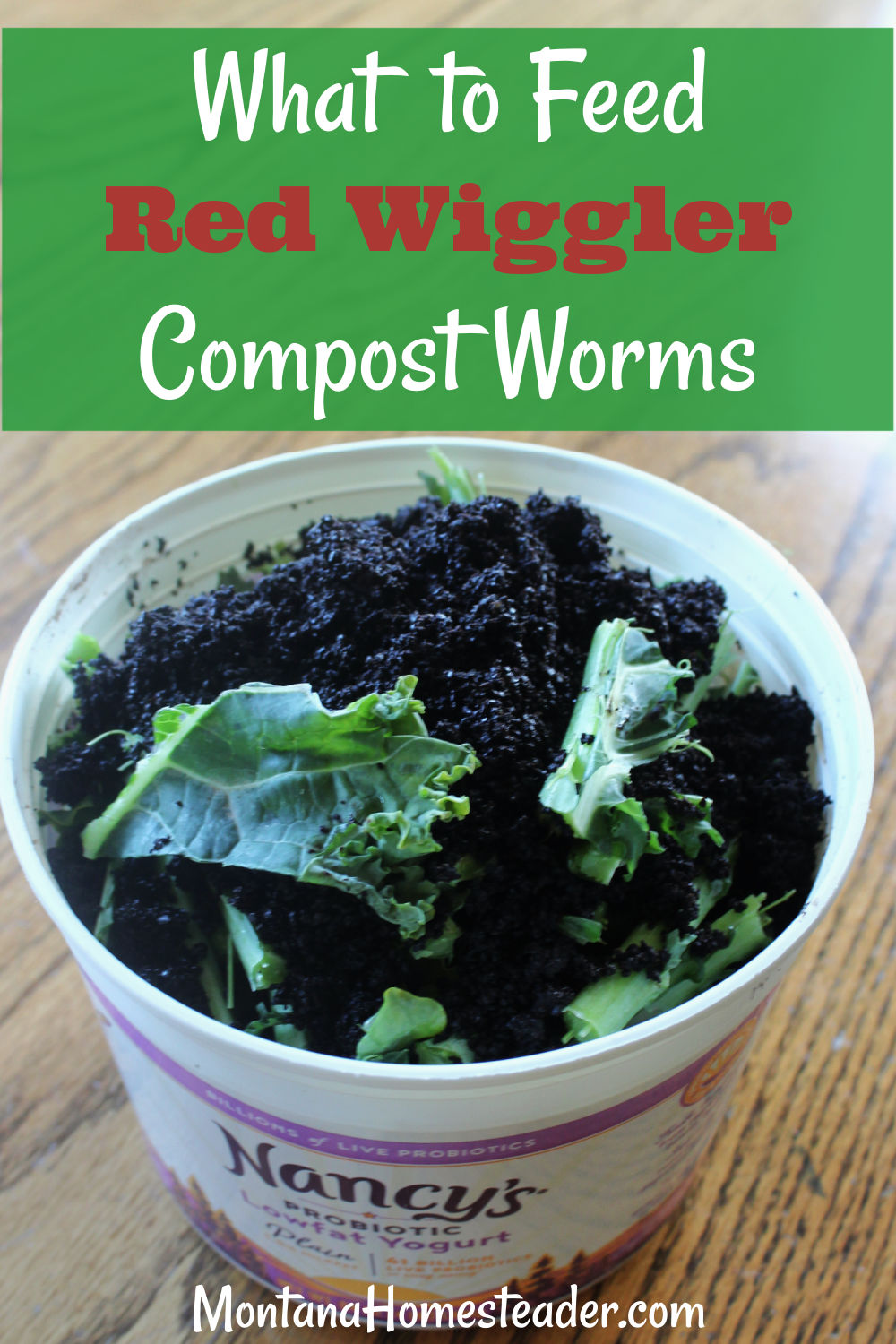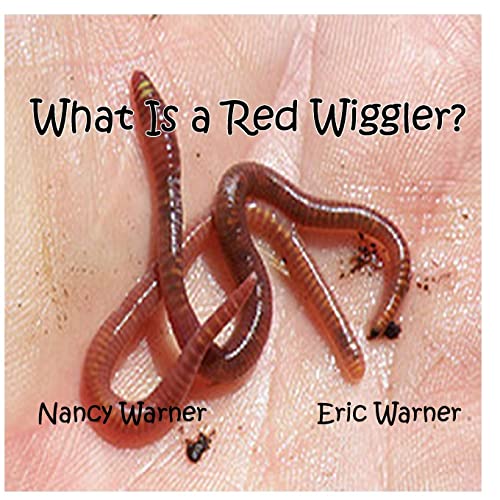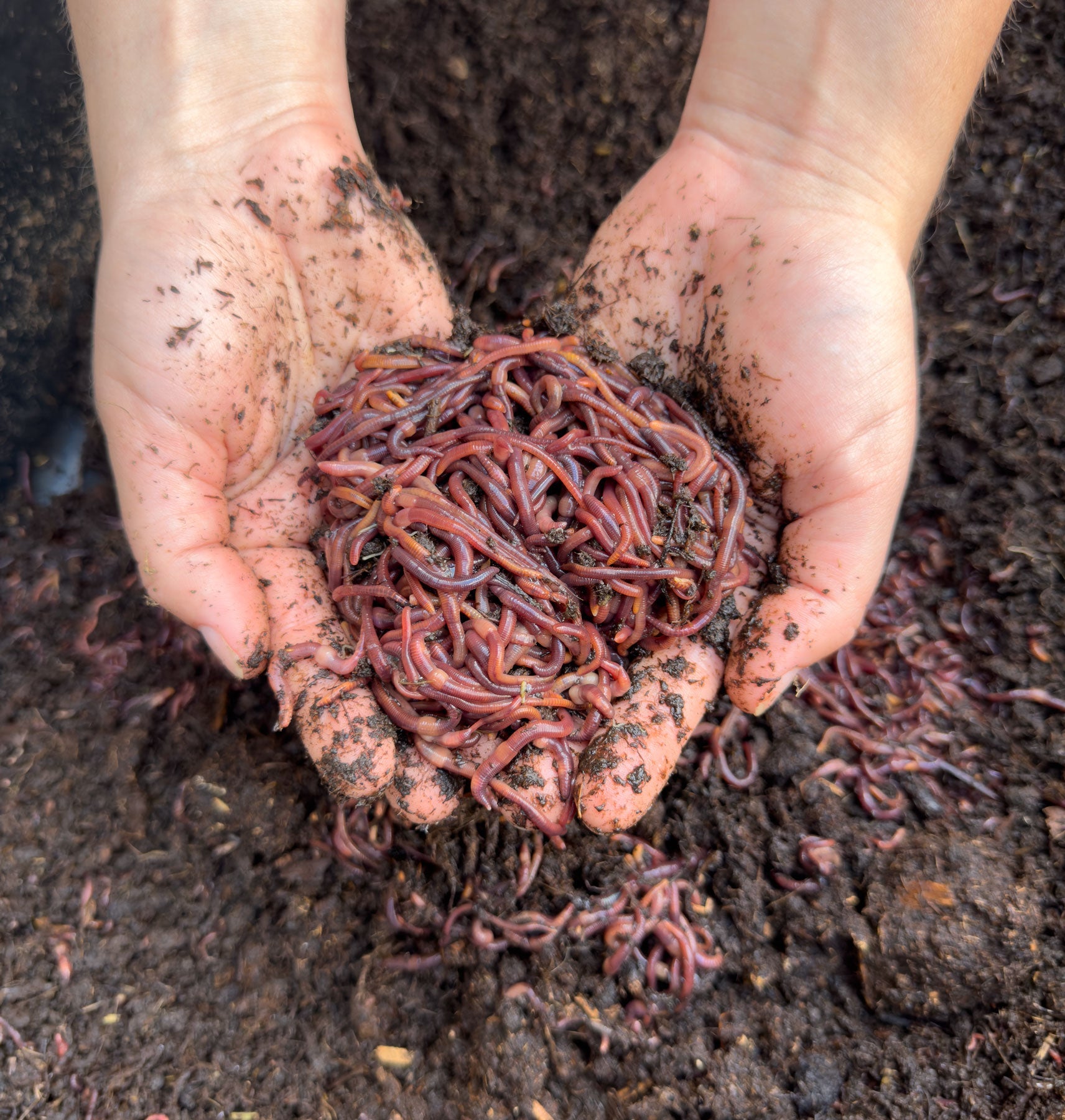Red Wigglers: The Unsung Heroes of Organic Waste Recycling
Red wigglers, or Eisenia fetida, offer as important representatives in the organic waste recycling procedure, changing thrown out materials into beneficial vermicompost. As the globe significantly looks for services to fight waste accumulation and boost farming productivity, understanding the duty of these worms ends up being vital.
What Are Red Wigglers?
The impressive durability of red wigglers, scientifically referred to as Eisenia fetida, highlights their important function in natural waste recycling. These little, reddish-brown earthworms are generally found in decomposing natural matter, such as compost heap and manure heaps. Lake Hickory Bait. Unlike various other earthworm types, red wigglers grow in nutrient-rich atmospheres and are very reliable at breaking down natural materials, making them crucial for vermicomposting

(Red Wiggler Express)In addition to their function in waste reduction, red wigglers add to dirt health by boosting dirt structure and aeration through their tunneling tasks (Lake Hickory Bait). Their presence in composting systems not just enhances decay prices but also promotes a sustainable approach to squander administration, highlighting their value in environmental conservation efforts
Advantages of Composting With Worms
Composting with worms, especially red wigglers, supplies many advantages that boost both waste management and soil health and wellness. These worms successfully break down organic waste, converting it right into nutrient-rich vermicompost that improves dirt. This process increases decomposition, permitting a faster recycling of cooking area scraps and various other natural products contrasted to standard composting techniques.
In addition, the vermicompost generated by red wigglers is bristling with beneficial microorganisms, which help boost soil framework, oygenation, and wetness retention. This enhances the general health and wellness of plants, promoting vigorous development and raised returns in yards and agricultural settings. Furthermore, making use of worms in composting minimizes the manufacturing of greenhouse gases, such as methane, contributing to a more lasting waste administration system.

How to Begin Vermicomposting
Developing a vermicomposting system is a simple procedure that can generate significant benefits for both waste administration and dirt enrichment. To begin, choose an appropriate container, such as a plastic container or wood box, with adequate ventilation openings to ensure correct airflow. The measurements ought to ideally be around 2 feet by 3 feet, enabling sufficient area for the worms to grow.
Following, prepare bed linens product, which can include shredded paper, cardboard, or coconut coir. This bed linen must be dampened to produce an appropriate environment for the worms. When the bed linen is in location, present red wigglers (Eisenia fetida) right into the container, typically around one extra pound of worms for every single square foot of surface.
Complying with the placement of worms, add natural waste, such as fruit and vegetable scraps, coffee grounds, and smashed eggshells. With these steps, you will efficiently initiate a vermicomposting system that adds to sustainable waste management and improves your soil.
Preserving a Healthy Worm Container
(Lake Rhodhiss Bait)Keeping a worm container flourishing requires routine attention and like guarantee the wellness of the red wigglers and the performance of the composting procedure. Proper maintenance starts with keeping an eye on the dampness levels; the container ought to perspire however not saturated. A good general rule is to preserve an uniformity similar to a wrung-out sponge.
Delicately mixing the bed linen and food scraps every couple of weeks protects against compaction and guarantees that all worms have access to oxygen. Additionally, it is essential to feed the worms suitably.
If the bin becomes as well warm or cool, the worms might end up being stressed. By diligently managing these factors, one can keep a durable and efficient worm bin.
Effect on Sustainable Living
The successful upkeep of a worm bin not only profits the wellness of red wigglers however likewise contributes significantly to Source lasting living techniques. By reusing organic waste, such as kitchen scraps and backyard debris, red wigglers help draw away significant quantities of material from land fills. This reduction in waste not only decreases greenhouse gas exhausts however also decreases the ecological concern connected with waste management.
In addition, the castings produced by red wigglers offer as a nutrient-rich organic fertilizer, boosting soil health and wellness and promoting plant growth. This all-natural alternative to chemical plant foods supports lasting farming and gardening methods, decreasing dependence on synthetic inputs that can hurt environments. Additionally, worm composting cultivates understanding of waste monitoring, encouraging people and neighborhoods to take on more lasting habits.

Verdict
In recap, red wigglers offer as essential factors to organic waste recycling through their reliable disintegration of organic materials. By incorporating vermicomposting right into waste administration techniques, individuals and communities can significantly reduce waste while advertising environmental sustainability.